Introduction to Black Angle Bars
Black angle bars are a fundamental component in the construction and fabrication industries. These L-shaped profiles are versatile in their applications and are available in a variety of materials, sizes, and thicknesses to suit diverse structural requirements.
Materials and Manufacturing Techniques
The durability and strength of a black angle bar depend on its material and production process. Common materials include stainless steel, carbon steel, and galvanized steel, each offering different levels of corrosion resistance and strength. Manufacturing techniques such as hot rolled, cold rolled, forged, and cold drawn methods contribute to the bar's final characteristics and suitability for various environments.
Design and Dimensions
Angle steel profiles are designed with two perpendicular extensions forming a 90-degree angle. These extensions can be equal or unequal in length, providing options for different structural needs. The dimensions of these angle legs can range widely, with common sizes starting from 25mm x 25mm up to 250mm x 250mm, and thickness variations from 2.5mm to 35mm.
Applications and Features
The primary use of metal angles is in construction, where they serve as supports and reinforcements. Their applications extend to transmission towers, shelving, roof construction, and framework. A specialized form, the double ribbed black angle bar, is particularly useful in masonry, providing a secure base for bricks and mortar.
Types and Customization
Steel angles come in different shapes, including the standard L-shape as well as H-shaped beams and U-shaped channels. Customization options for black angle bars include perforation, which allows for bolted connections, and non-perforated types, typically joined by welding. Lengths generally range from 6m to 12m, catering to various project scales.
Advantages of Using Black Angle Bars
The structural integrity of angle steel makes it a reliable choice for heavy-duty construction. Its resistance to bending and the variety of available grades and standards make it adaptable to international construction codes. Furthermore, the ability to customize dimensions and finishes allows for tailored solutions to specific engineering demands.




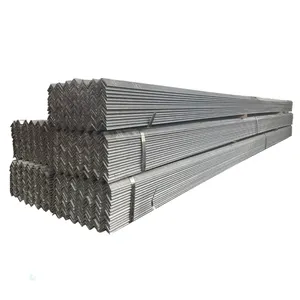



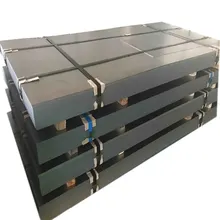




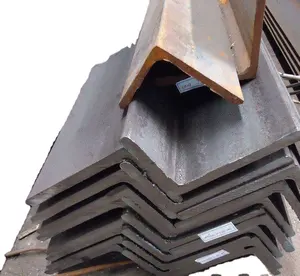

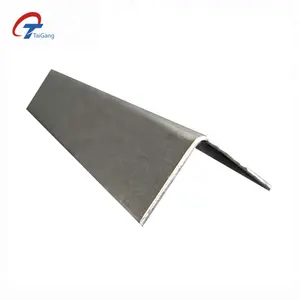
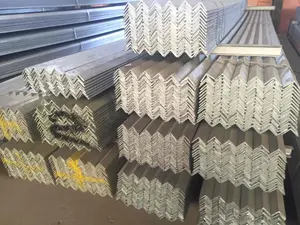
















 浙公网安备 33010002000092号
浙公网安备 33010002000092号 浙B2-20120091-4
浙B2-20120091-4